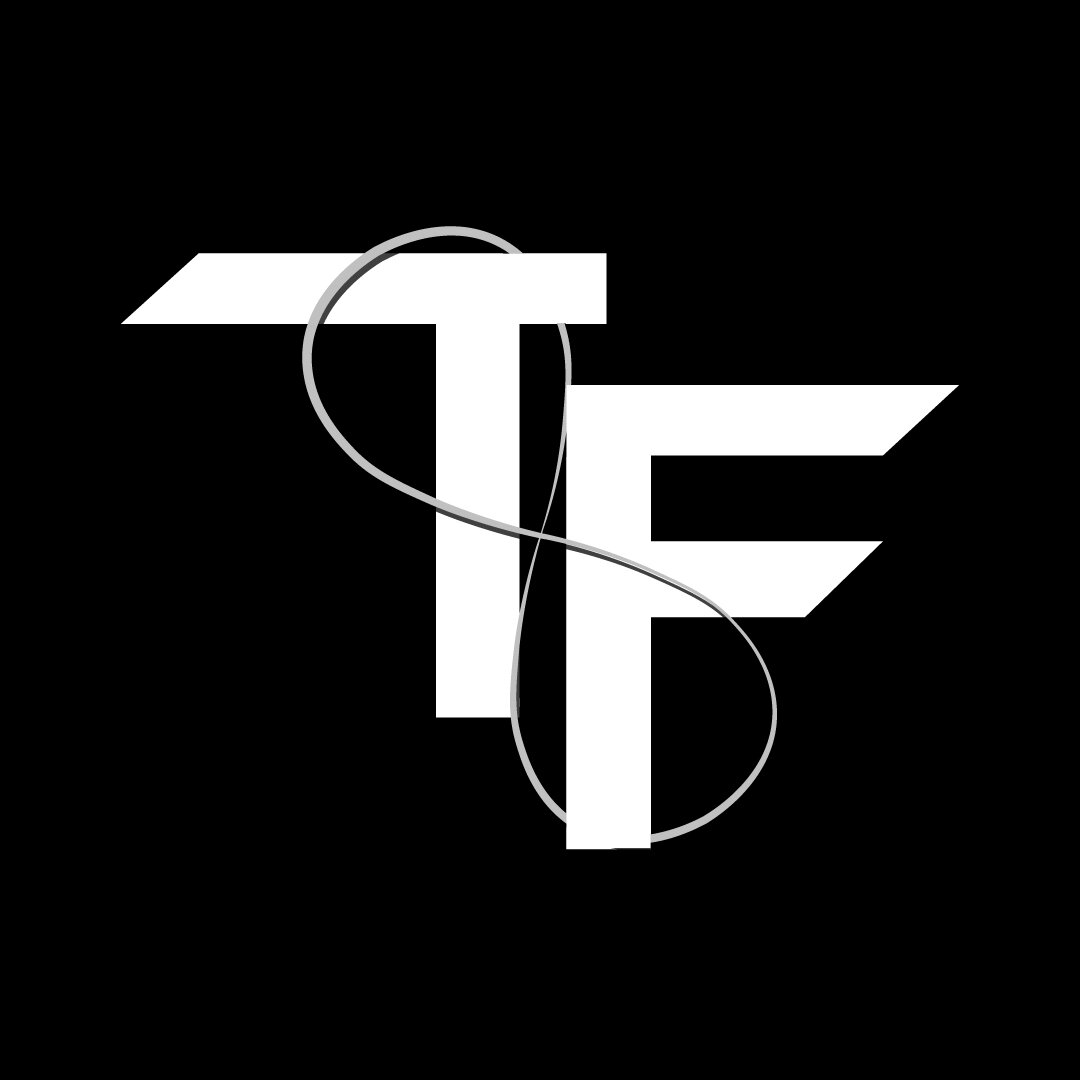Throwers: Beginners Guide to Training Regimens
Throwers are athletes who specialize in events such as the shot put, discus, javelin, and hammer. These events require a combination of strength, speed, and technique. A successful thrower must have a solid training program that includes warm-ups, throws, strength training, plyometrics, and event rehearsals. Here is a training plan for throwers
A. Warm-Up and Throwing Practice
Begin with a proper warm-up to get the muscles ready for the workout.
Start with two throws at 50%, followed by two at 75%, and two at 90%.
Then, do ten dry technique throws to work on form and accuracy.
Follow that with ten throws at full power.
Finish the session with ten bleacher runs or a combination of single-leg presses, lunges, or squats, followed by ten squat jumps and one set of reverse calf raises to failure.
B. Warm-Up and Strength Training
Start with a warm-up to prepare the muscles.
Next, do five block starts to work on explosiveness.
Strength training is a critical component of a thrower's training, so do explosive incline press, shoulder press, and single-leg lunges with weight.
After strength training, warm up with throws and do ten full-power throws.
Finish with three sets of crunches to failure.
C. Warm-Up, Plyometrics, and Throwing Practice
Start with a warm-up that includes practicing baton handoffs.
Plyometrics is an essential component of a thrower's training, so do high knees, butt slaps, glass wall, side-to-sides, A-skips, and single-leg bounds.
Warm up with throws and do 20 full-power throws.
Finish with strength training, including explosive incline press, shoulder press, and single-leg lunges with weight.
D. Event Rehearsal Day
On event rehearsal day, throwers should warm up on their own and "check their thinking."
Warm up and then simulate a meet with the best of three and best of six throws.
E. Warm-Up and Strength Training
This day is dedicated to warm-up and strength training. Begin with a warm-up to prepare the muscles, and then focus on strength training, including exercises such as explosive incline press, shoulder press, and single-leg lunges with weight.
In conclusion, a successful thrower must have a well-rounded training program that includes warm-ups, throwing practice, strength training, plyometrics, and event rehearsals. This training plan provides a roadmap for throwers to follow, allowing them to reach their full potential and succeed in their events.
